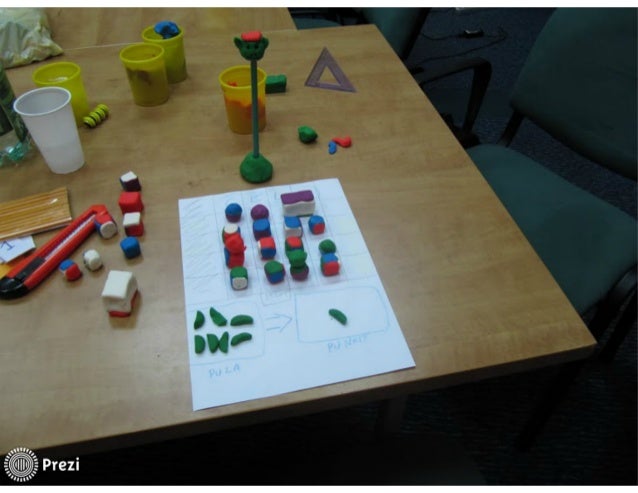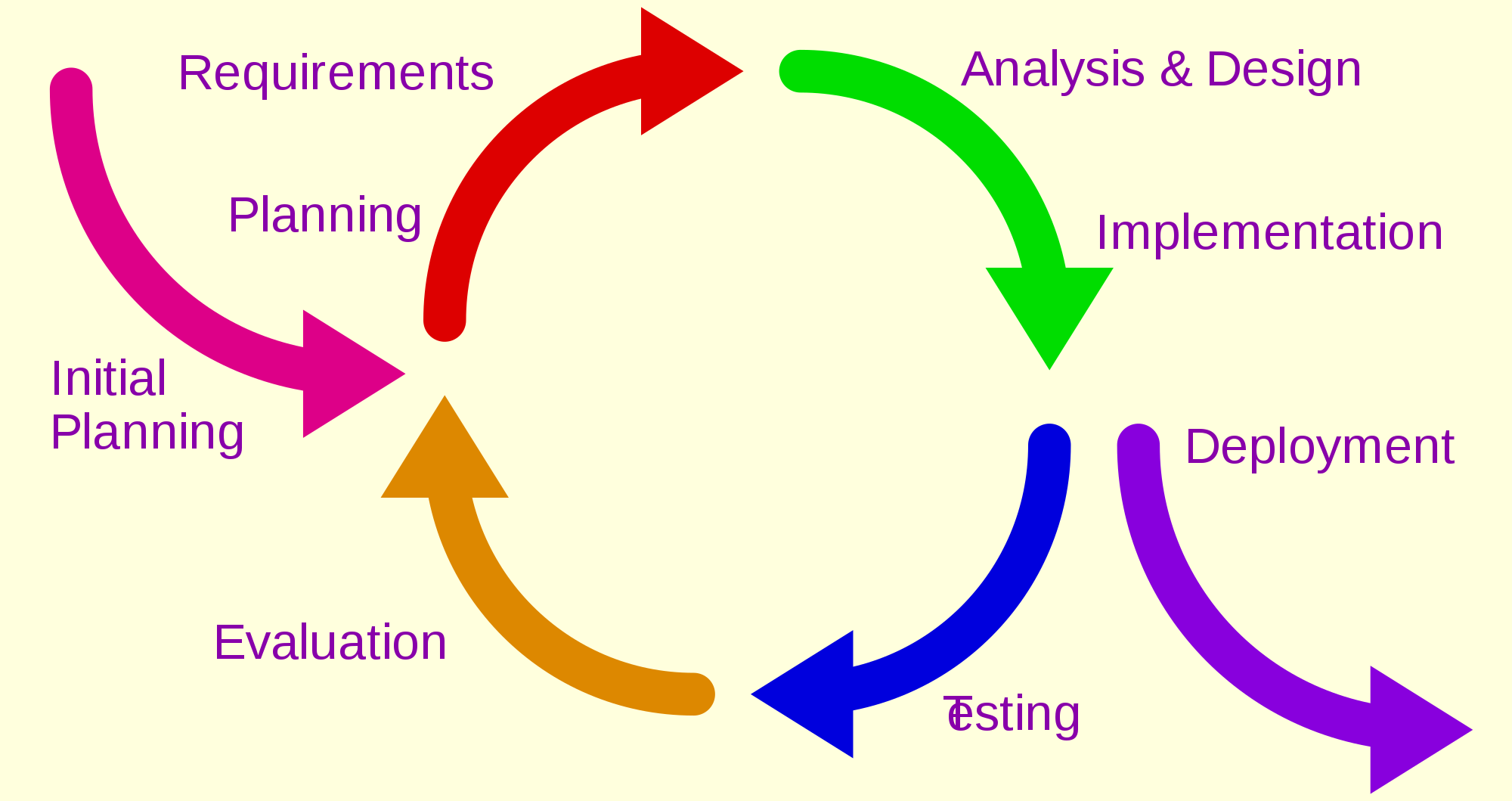1. What do you think a prototype is?
A prototype is a model of the final product built in the early stage to give the designers an intuitive feeling of the design to see if it meets the user's needs. It is an economic and practical way to help the developers find the potential problems of a design and refine the product. It doesn't have to be a copy of the final product, but the essence and key features of the design should be presented.
2. What form does it take?
A prototype can be made to the physical or digital format, lo-fidelity or high-fidelity to meet the goals of different fields and design stages. I'll introduce some concrete types based on my own experience.
For our software field, the main task is to build virtual systems such as website and apps. What we do for the earlist prototyping is to sketch on paper to express our intentions, which is called paper prototyping. It's the most economic and fastest way to show your interface design. The iteration will keep refining the product and meanwhile, more accurate prototype will be created by the design tools such as Balsamic and Axure, which can show the interactions rather than a static 'page'.

paper prototyping - http://www.tribal-im.com/content/images/voorbeeld-paper-prototyping.JPG

https://tanjingyu.files.wordpress.com/2014/06/hi-fi-prototype_2.png
For hardware or real-world installations, we can also do the paper prototyping at the earlist stage. Once we have the further design, then we have to use real-world materials like paper, plastic, wood or circuits to make a hi-fi prototype. Nowadays we have 3d printers, a new way to do prototyping.
http://image.slidesharecdn.com/physicalprototypingworkshopsistanbul2014-141220071056-conversion-gate02/95/physical-prototyping-workshopsistanbul2014-15-638.jpg?cb=1419081119
3. What do you need to make one?
- purpose, i.e. concrete goals, for instance, something you want the product to solve, prove or disprove.
- process: ideate (generate a concept or solution), implement the prototype, collect feedbacks, iterate the prototype.
- method and materials. For example, to make a paper prototype, we need the method to draw or sketch, and materials such as paper, pencils, colored pencils, erasers, rulers, etc.
- concrete the concepts and ideas. Make them direct and perceivable. Rather than the design document, the real-world prototype is an easier way for people to understand and operate the product in the design stage.
- discover the potential problems. There might be some design flaws that might against the requirements or not self-consistent underlying the design document.
- refining the design. Usually, a prototype is made along with each iteration. Critiques will be collected to help improve the current design.
5. When would you create one ?
As for the whole software develop process. The time to do prototyping is along with the design stages. Therefore, it is between the planning and implemention stage.
Iterative development process https://upload.wikimedia.org/wikipedia/commons/thumb/3/39/Iterative_development_model.svg/2000px-Iterative_development_model.svg.png
Within the design stage, after we brainstorming and brodening solutions, we can start doing lofi-prototyping by sketches. We keep iterating until the design is completed, then we will test the prototypes to refine the design.
Design process - http://www.effectiveui.com/blog/wp-content/uploads/2014/08/ux-design-process.jpg
https://en.wikipedia.org/wiki/Prototype
http://www.referenceforbusiness.com/small/Op-Qu/Prototype.html



没有评论:
发表评论